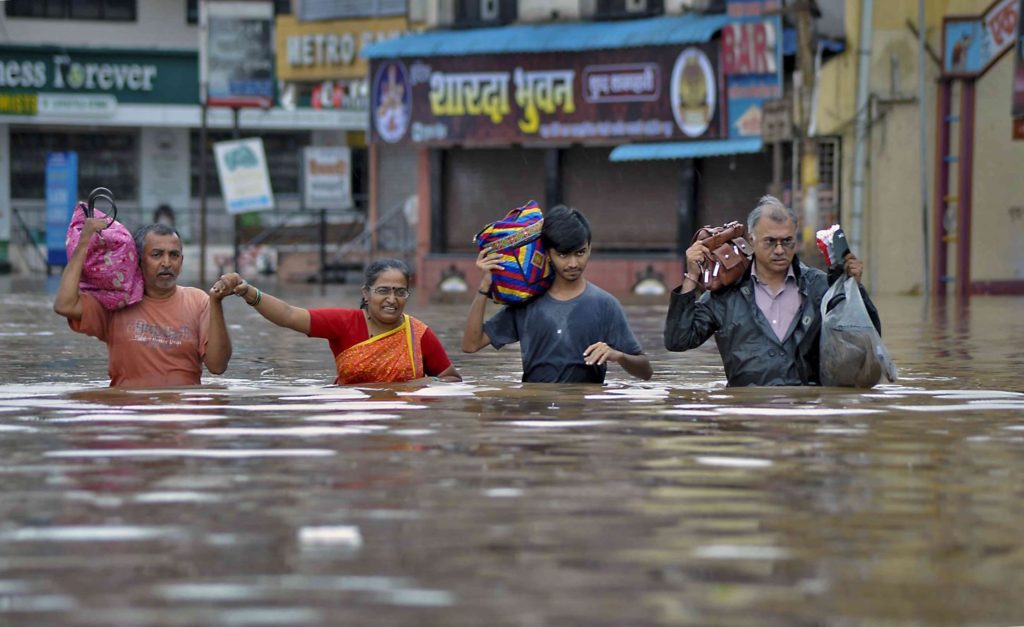Title: Weather Phenomena, Storms, and Climate Change: A Case Study on Karnataka and Maharashtra
Karnataka and Maharashtra, two states located in the western and southern regions of India, have recently borne witness to the escalating threats posed by storms and other extreme weather phenomena. Both regions have experienced unprecedented levels of rainfall and flooding, along with more frequent and severe cyclones. In the past few years, numerous incidents have occurred, but two storms particularly stand out: Cyclone Nisarga in June 2020, the first severe cyclone to hit Maharashtra’s coastal areas in June since 1891, and the flash floods in Karnataka in 2021 and 2023.
Cyclone Nisarga made landfall in the Raigad district of Maharashtra, leading to significant loss of life and property. The intensity of the cyclone was amplified by the unusually high sea surface temperatures in the Arabian Sea, which is generally not known for such severe cyclonic activity. The impact was exacerbated due to the coinciding COVID-19 pandemic, which posed unique challenges for evacuation, shelter, and relief work.
On the other hand, Karnataka, known for its drought-prone areas, experienced devastating flash floods in 2021 and 2023. These floods, caused by unusually high rainfall, resulted in hundreds of fatalities and massive damage to infrastructure and agriculture. These floods were particularly impactful due to their sudden onset, leaving very little time for evacuation or preventive measures.
The increased frequency and severity of these weather events raise the question: Is there a connection with global warming?
Scientific research suggests that global warming is indeed linked to such extreme weather phenomena. A warming climate leads to higher sea surface temperatures, which can fuel the intensity of cyclones. Similarly, warmer air can hold more moisture, leading to heavier and more frequent rainfall, resulting in increased risk of flash floods. Increased sea surface temperatures in the Arabian Sea, specifically, have been linked to a rise in cyclonic activity. This is an alarming development, as this region was previously considered less susceptible to such extreme weather phenomena.
As for the flash floods in Karnataka, changes in rainfall patterns and intensity are strongly associated with climate change. An increase in the frequency and intensity of extreme rainfall events can be expected in a warming climate. Therefore, the recent extreme weather events in Maharashtra and Karnataka are likely not isolated incidents, but part of a larger trend fueled by global warming. This highlights the urgent need for robust climate change mitigation and adaptation strategies. Urban planning must take into account these changing weather patterns, and more resources must be invested in building climate-resilient infrastructure, improving early warning systems, and educating communities about disaster preparedness.

